Top 10 Logos of the World’s Richest Companies
Company logos are visual representations that identify a brand and differentiate it from competitors. These logos are globally recognised symbols valued for the world's richest companies in the billions. But what do their logos mean? And what stories hide behind their iconic designs? This article analyses the logos of the world’s richest companies to uncover their origins, symbolism, and evolution over time.
Table of Contents
1. Saudi Aramco
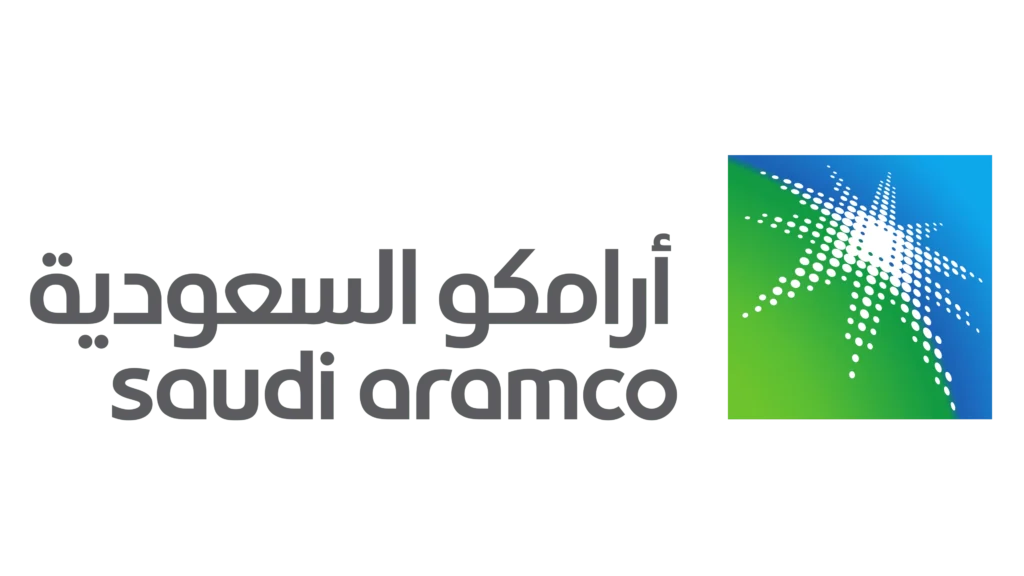
As the world's most valuable company in 2024, worth around $2.4 trillion, the Saudi Arabian Oil Company (Saudi Aramco) logo features the company name in thick red. The bold, san-serif font evokes professionalism and reliability against a white backdrop. Some see the shades of red and green – the colours of the Saudi flag – signifying the state-owned company's crucial role in the nation's economy. Simple, yet instantly recognisable across the globe.
Originally the Arabian American Oil Company, the firm was founded in 1933 through an oil concession agreement between Saudi Arabia and Standard Oil of California. Aramco is a portmanteau of “Arabia” and “American.” In 1988, the company became state-owned, and Saudi Aramco emerged. The logo retains ties to the past through stylistic similarities to Standard Oil's classic font, connecting today’s industry titan to its roots over 90 years ago.
2. Apple

The world’s most iconic company logo remains Apple’s bitten apple. In 2022, Apple became the first-ever $3 trillion company, later dropping back to a still mammoth $2.9 trillion valuation. The logo brilliantly signifies Apple’s initial mission to innovate technologically with simplicity and bite-sized.
In 1976, 21-year-old Steve Jobs unveiled the logo, which pays homage to mathematician Alan Turing, who committed suicide by eating a cyanide-laced apple. Early prototypes featured Sir Isaac Newton under an apple tree, but Jobs preferred minimalist abstraction. The vibrant rainbow stripes initially reflected Apple's first coloured computer monitor. The monochromic logo has endured in metallic chrome, black, or white since 1998. From fruitarian idealism to the world's most prominent technology firm, Apple's logo distils its pioneering ethos into a stylish silhouette in a single bite.
3. Microsoft
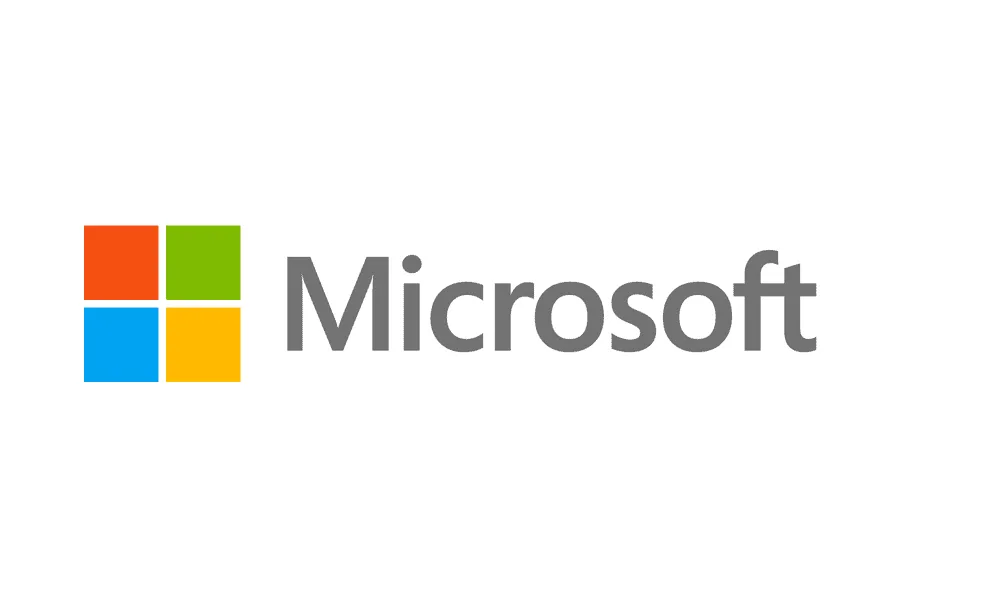
While Microsoft has swapped varying logos across its 47-year history, the standard four-coloured pane window has largely persisted. The world’s third most valuable company, worth $2.75 trillion in December 2023, the logo visualises Microsoft Windows OS, the central pillar upon which Bill Gates’ founded his tech empire in 1975. The four squares represent the intensely focused vision to “put a computer on every desk and in every home.”
Over the decades, the Windows flag logo has changed colour and overlapped other icons. DOS command prompts the Internet Explorer “e” logo, indicating efforts to expand beyond Windows. The return to the stand-alone multi-coloured window in 2012 suggests a back-to-basics refocusing on its core utility strength. Could the logo one day evolve if Microsoft finally manages to escape the long shadow of Windows?
4. Alphabet

Established as a holding company above Google in 2015, Alphabet’s market cap exceeded $1.67 trillion in early 2024. The distinct, brightly coloured wordmark-style logo ties back to Google’s famous emblem. The letterforms are geometric yet fluid, combining familiarity with ongoing innovation and evolution. Each letter is encased in a square of equal size, suggesting order yet individuality between each subsidiary company (including Google itself).
The vibrant hues aesthetically unite yet also hint at a deeper meaning. Blue represents networked communication, green signals prosperity, growth, and freshness of ideas, and yellow exudes sunshine positivity. Linked as a chain, they spell the parent’s ambitions to advance human development across interconnected technological domains, including search, hardware, healthcare, transport, and smart cities.
5. Amazon
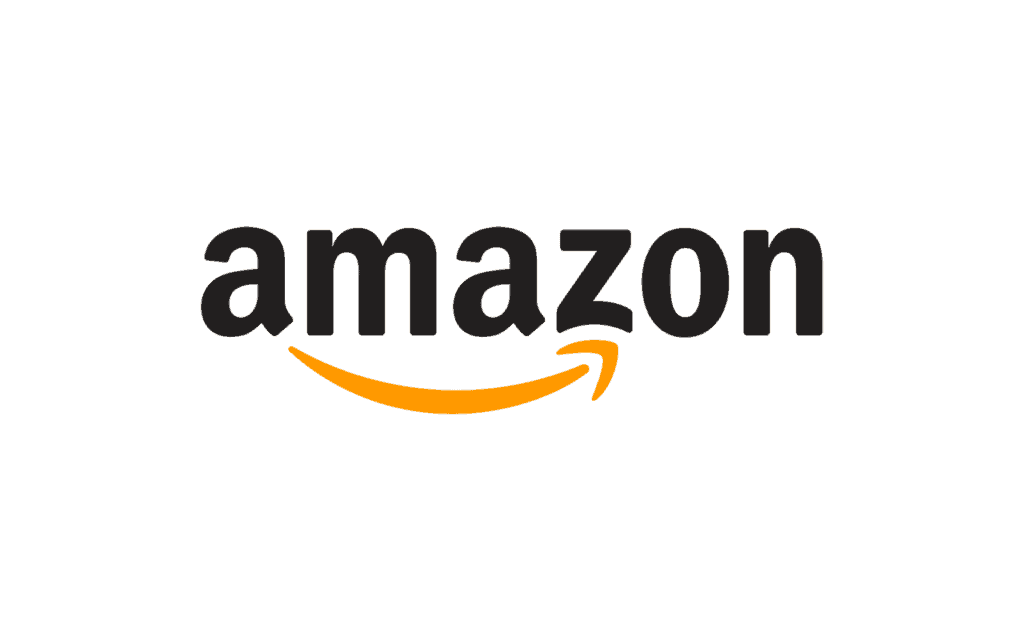
Launched from CEO Jeff Bezos’ garage in 1994, Amazon’s meteoric expansion into the $1.3 trillion e-commerce and cloud computing leviathan is brilliantly encapsulated through its logo evolution. Growing from its early website name of “Cadabra”, conjuring magic delivery, an outstretched smile underlines client satisfaction. This morphs into today’s icon, with an arrow flowing from “A” to “Z”, promising everything anyone could want, delivered fast. The minimalist message hiding in full view is to provide any product from A to Z at the click of a button.
Rumours suggest Bezos sketched the initial logo himself. The orange arrow cunningly doubles as a smile, subtly smiling on satisfied customers, and a symbol sweeping from “A” to “Z” across Amazon’s near limitless 280 million item inventory. Yet cultural historian Langer argues the emblem hints at Amazon’s darker ambitions; to become all-inclusive to the point of omnipresence. Does the subtle smile hide monopolistic intent underneath?
6. Berkshire Hathaway

Warren Buffet’s legendary $750 billion conglomerate Berkshire Hathaway sticks to a simple, text-only policy for its logo design. The approach (like its head office staffing of just 25) matches the company’s decentralised structure, comprising dozens of organisations from insurance firms to candy makers across industries. This spartan typography signals how subsidiary companies handle operations themselves without needless hierarchy or overlaps from above.
Some detect a subtle newspaper influence within the sharp serif font, harking back to Buffett's investments starting in the early 1960s. The slanted construct visually evokes speed, dynamic activity, and urgency, hallmarks of the news industry. Yet blue lettering against white clarifies that Berkshire ultimately tries not to over-complicate its operations.
7. Tesla

Today, worth around 750 billion dollars, Elon Musk’s electric vehicle powerhouse, Tesla Motors, rocketed to global prominence as demand for renewable transport booms. Instantly recognisable across continents, the smooth minimalist typeface mirrors aerodynamic car designs travelling silently into a sustainable future. The leading “T” crosses the “t” of the automotive sector clinging to internal combustion engines.
Early sketches experimented with black and blue logos, yet red triumphed for its eye-catching qualities. Beyond attention-grabbing attributes, red powerfully signifies confidence, leadership, determination, and ambition to drive monumental change. The Typeface Evenea neatly packages Tesla’s identity as a trailblazing innovator, leading a revolutionary shift to emission-free transport, energy efficiency and distributed clean power grids.
8. Facebook
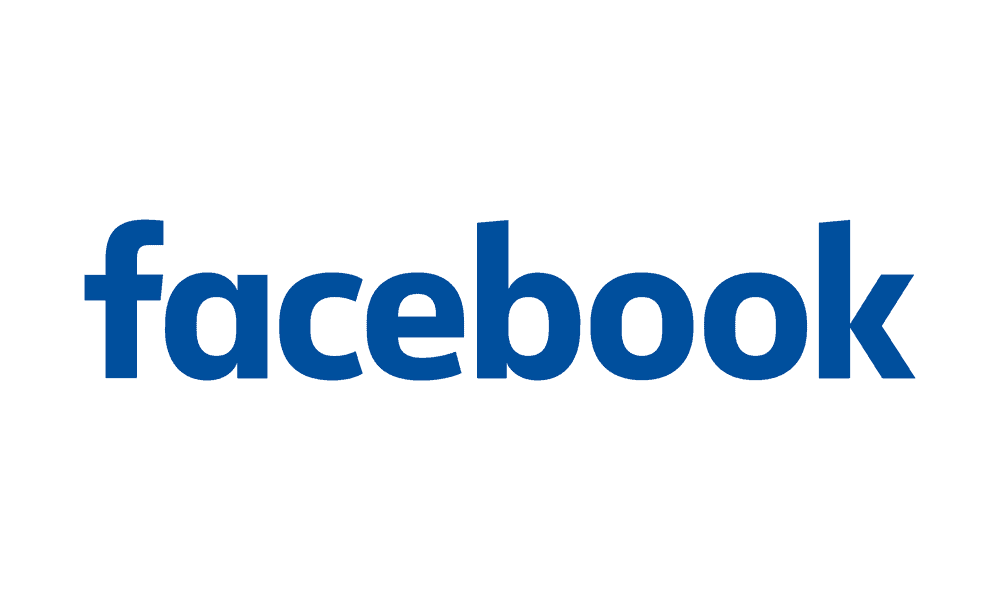
Surpassing $800 billion value after rebranding to Meta in 2021, Facebook’s original logo conceptually captured its culture-defining social media platform to connect friends and family colourfully. The signature friendly blue inspires trust and security. Smooth, rounded edges of the letterforms infer openness, while uniformly spaced letters represent connection. This bright and bold stylised wordmark crisply portrays Facebook’s mission to enable inclusive, fun, and interactive spaces online built around identity and relationships.
Choosing lowercase letters made Facebook more accessible, less formal, and stuffier than older tech titans in 2004. Like a digital democracy promising equality, no letter towers over others, just as all hold equal status in sharing life stories with friends wherever located. Recent scandals surrounding data privacy, election interference, and censorship pressures may make each letter's blue and equal status seem darker in hue – stormier seas ahead within this digital republic?
9. Alibaba
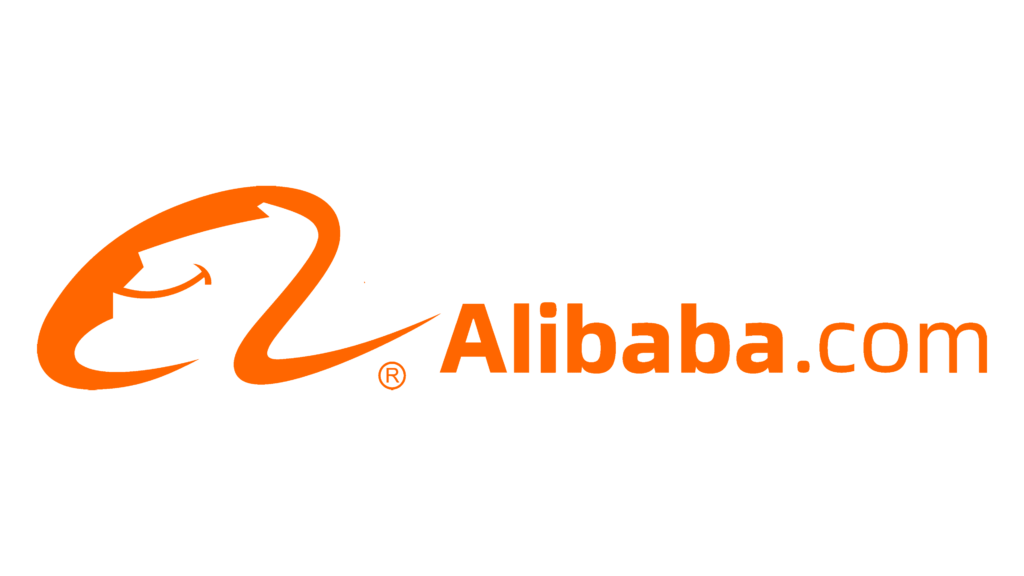
Founded from meagre living quarters to what’s now a $180 billion Chinese ecommerce dominator, Alibaba’s logo stylishly encases its name in deep orange-red, signifying prosperity and celebrating Chinese cultural identity. But the standout flourish comes via the letter “M”. Drawn as a brushstroke image picturing a human figure running between two dashes; it encapsulates founder Jack Ma’s mantra “to make it easier to do business.”
The graphic complexity of the logo coherently balances Alibaba’s rich legacy while positioning it for ongoing growth as an international retail titan. Chinese brush painting represents national history, appearing like a horizontal scroll stretching onwards. Yet the dashes on either side of the “M” are ready to take purchaser orders rapidly. And the encased letters in sleek font fuse antiquity with digitally-powered delivery. Just as Alibaba interlinks rural towns and urban cities threaded by new infrastructure, its logo binds the old with the ultra-modern.
10. Meta (formerly Facebook)

Mark Zuckerberg heralded a new era when rebranding Facebook, Inc. as Meta Platforms, Inc. in 2021, signalling significant investments into augmented and virtual reality. The logo redesign ambitiously reaches for the infinite unknown frontiers of the “metaverse”. Cast in 2D maximalist vibrant blues, the ∞∞ emblem features the infinity symbol looping back on itself, tempting entry into kaleidoscopic worlds seamlessly fusing realities once deemed impossible.
The ∞ motif pronouncedly breaks from Meta/Facebook’s previous rounded wordmark, opening pathways to immersive experiences unbound to keyboards alone. Symbolically, the mark looks outwards to expansive VR multiverse horizons while inwardly looping back recursively. Does the double infinity close Meta into a virtual echo chamber or launch connectivity into personalisable dimensions unconstrained by tangible limitations? Much depends on transparency as Meta moves from News Feed blue to this mysterious Meta blue.
Conclusion
Behind the logos of the world's richest companies lie fascinating stories interweaving design, culture, identity, and sky-high ambition. Deceptively simple shapes encapsulate billionaire visions, while colour psychology taps into subsurface emotions. As companies rebrand for evolving digital ecosystems and technologies remake reality before our eyes, it seems only fitting that the logos themselves become portals leading intrepid travellers into Web 3.0 wonderlands built around decentralisation.
Yet, as the multiplying metaverse scales exponentially, will corporate accountability remain rooted in ethical foundations laid decades prior? Or will users require new navigation tools when entering uncharted terrains promising openness yet still centralised within walled gardens? However these worlds unfold, all adventures start with a single step through that ever-so-inviting logo doorway.
FAQs about the World's Richest Companies
Do colours in logos subconsciously manipulate viewers' emotions and perceptions?
Yes, extensive psychology and marketing research shows that the strategic use of colours profoundly shapes subconscious reactions towards brands, products, and services. Blue connotes stability, green signals nature, purple sophistication, and red energises excitement. Vibrant, bold hues capture attention, while darker shades seem formal and elegant—Meta’s rebrand from Facebook blue aims straight for futurist mystery and limitless opportunity.
Could a text-only typography logo without images work for leading innovative tech giants?
Possibly, but that strategy counters how most Big Tech firms position themselves on perpetual cutting-edge innovation. Simple text-only logo risk appearing dated (re: IBM) or lacking a vision beyond quarterly returns. Yet Warren Buffets’ Berkshire Hathaway proves concise typography logos exuding clarity around complex conglomerates can successfully highlight organisational transparency.
Do logos no longer matter for digital native companies?
On the contrary, iconic visual identities matter immensely, especially for web/app-based platforms lacking brick-and-mortar interactions. Logos become prime digital real estate for companies (Uber, Netflix, Spotify) to instantly relay core attributes around global reach, friendship (Facebook), playfulness (Google), and exploration (SpaceX).
Could logos soon adapt to Web 3.0 metaverse and blockchain technologies?
Visual identities must perpetually evolve among early-tech adopters or risk losing subcultural cachet. Expect branding experiments with QR codes, NFT artist remixes, 3D holographic animation, virtual interactivity and cryptographic verification playing to decentralisation themes. Innovation depends on logos remaining culturally relevant portals to whatever frontier worlds lie next beyond the horizon.
